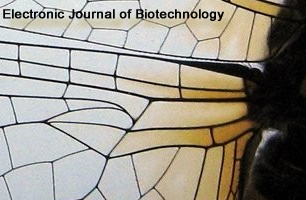Abstract
Background: Robust second generation bioethanol processes require microorganisms able to ferment inhibitory lignocellullosic hydrolysates. In this study, the inhibitor tolerance and flocculation characteristics of Saccharomyces cerevisiae CCUG53310 were evaluated in comparison with S. cerevisiae CBS8066. Results: The flocculating strain CCUG53310 could rapidly ferment all hexoses in dilute acid spruce hydrolysate, while CBS8066 was strongly inhibited in this medium. In synthetic inhibitory media, CCUG53310 was more tolerant to carboxylic acids and furan aldehydes, but more sensitive than CBS8066 to phenolic compounds. Despite the higher tolerance, the increase in expression of the YAP1, ATR1 and FLR1 genes, known to confer resistance to lignocellulose-derived inhibitors, was generally smaller in CCUG53310 than in CBS8066 in inhibitory media. The flocculation of CCUG53310 was linked to the expression of FLO8, FLO10 and one or more of FLO1, FLO5 or FLO9. Flocculation depended on cell wall proteins and Ca2+ ions, but was almost unaffected by other compounds and pH values typical for lignocellulosic media. Conclusions: S. cerevisiae CCUG53310 can be characterised as being very robust, with great potential for industrial fermentation of lignocellulosic hydrolysates relatively low in phenolic inhibitors.
Upon acceptance of an article by the journal, authors will be asked to transfer the copyright to Electronic Journal of Biotechnology, which is committed to maintain the electronic access to the journal and to administer a policy of fair control and ensure the widest possible dissemination of the information. The author can use the article for academic purposes, stating clearly the following: "Published in Electronic Journal of Biotechnology at DOI:10.2225/volXX-issueX-fulltext-XX".
The Copyright Transfer Agreement must be submitted as a signed scanned copy to biotec@ucv.cl. All authors must send a copy of this document.
